Tech, Product Development & App Innovation (Top News in June)
As summer sets in, June brought a flurry of major tech and product announcements that could shape how you build, scale, and future-proof your digital products.
From Google's expanded generative AI suite and shifts in MarTech and industrial innovation, there’s plenty for business leaders to pay attention to.
As always, this month’s roundup is built for action. Each topic includes 3 short sections: What happened, Why it matters, and a Pro Tip for strategic execution.
1. Google Expands AI Tools & Developer Ecosystem
What happened:
In June, Google introduced improvements across its AI offerings, including more capable voice-powered search, AI-augmented NotebookLM with public sharing, and new APIs in Vertex AI.
It also launched Gemma 2, a more efficient open-source language model, and expanded integrations for Workspace and Android development.
Why it matters:
The improvements offer product teams more flexible options to embed voice, reasoning, and generative capabilities in apps. NotebookLM's upgrade unlocks use cases in internal documentation, knowledge products, and research apps — especially for SaaS companies and startups.
Pro Tip:
Explore embedding NotebookLM-style capabilities in your internal tools or client-facing apps using Google’s APIs. Evaluate whether integrating generative summaries, smart search, or AI voice commands will enhance user retention and reduce churn.
2. MarTech & SaaS Platforms Double Down on Generative AI
What happened:
In June, multiple MarTech providers, including Salesforce and HubSpot, released AI-powered updates for content generation, campaign automation, and predictive analytics. The number of MarTech tools surpassed 15,000 globally — up 9% year-over-year — driven in part by rapid GenAI adoption.
Why it matters:
With generative AI becoming a default capability across marketing, sales, and customer engagement platforms, product builders in these spaces must move beyond MVP-level AI features to deliver differentiated value. AI-native tools are rapidly setting new user expectations.
Pro Tip:
If you're in SaaS, CRM, or marketing automation, prioritize AI capabilities that reduce friction for marketers — like campaign drafts, AB test suggestions, or conversion forecasting. Don't just embed AI, but use it to move the needle closer to your goals.
3. Manufacturing & Industrial Tech: Signs of Rebound, Gaps for Innovation
What happened:
The June 2025 ISM Manufacturing Report showed a slight uptick in activity, with the Production Index rising to 50.3% (indicating marginal growth). Sectors like Electronics, Machinery, and Computer Equipment led the recovery, while supplier delivery times slowed and raw material prices surged.
Why it matters:
Industrial customers are reinvesting, but with caution. Pain points like supply-chain visibility, pricing volatility, and delayed inputs create opportunities for smart, software-driven solutions. Product teams that address these inefficiencies can create long-term value.
Pro Tip:
If your product serves manufacturing or B2B hardware clients, build features around predictive supply analytics, smart inventory alerts, or dynamic pricing tools. Focus on functionality that turns volatile data into calm decision-making.
Final Thoughts
We see again where tech ecosystems are headed. Design languages are evolving, AI capabilities are maturing, and user expectations are shifting fast.
Here’s a short recap:
Re-evaluate how AI fits into your product roadmap — move beyond feature parity to create unique experiences.
Build tools that help clients deal with volatility, especially in manufacturing and supply chain.
Use AI to accelerate your product cycles, not just enhance output.
Innovation in 2025 isn’t about adding more features just for the sake of doing something and feeling like you are moving (but you actually aren’t).
It’s an opportunity to deliver clarity, speed, and intelligence where your users need it most.
We help tech-forward businesses integrate cutting-edge AI, streamline app development, and future-proof digital products. Let’s talk about your product roadmap. Or explore our case studies and see how we’ve helped scale software for clients of all sizes.

